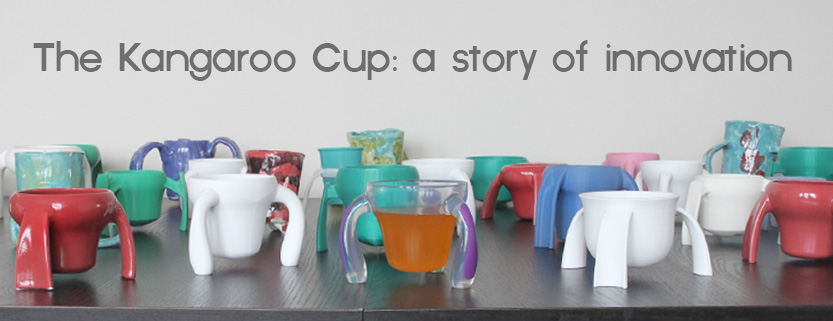Parkinson’s disease is a degenerative brain disease and a common one that effects at least 1% of people over 60 years old. Parkinson’s disease specifically causes the basial ganglia to deteriorate and so people lose the ability to control the things that area of the brain governs. The resulting symptoms are motor and non-motor but the most recognizable one is the motor symptom of tremors while the muscles are at rest which happens in about 80% of Parkinson’s cases. It is this disease that presented a problem to Lily Born’s grandfather, and 11-year-old Lily Born who developed a solution. Her grandfather was frequently spilling drinks from their cups because of his Parkinson’s symptoms. Lily experimented with moldable plastic until she came up with a design for a cup that didn’t spill. Later she made a ceramic version of the cup for her father so he could drink coffee by his laptop with peace of mind. Her father realized how useful it was and, after collaboration with a ceramic manufacturing plant in China, the kangaroo cup took off into production.
I like Lily Born’s story because she saw a real need of an individual who she loved, and that love drove her to innovation to meet that need. On the kangaroo cup website, one can see how many iterations of designs they went through before they designed a cup that didn’t spill, was comfortable to use, and stackable (picture above). These two things, problem solving and iteration, are the essence of innovation and the way Lily Born used innovation to help someone she loved fills me with hope. Hope that innovation and entrepreneurship isn’t just about making a profitable business, but about finding a way to help people and then making sure you can continue to help for the long run.

